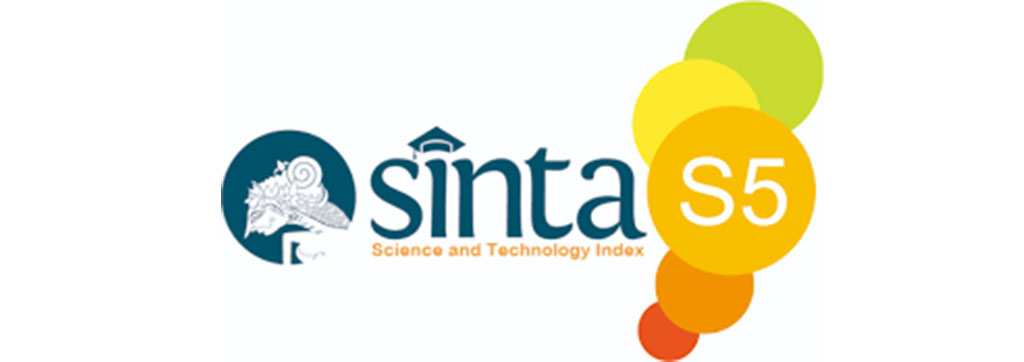Penyuluhan dan Praktek Pembuatan Briket Limbah Kulit Kopi di Desa Pace Kecamatan Silo
Abstract
Pace is one of nine coffee production villages from Silo District, Jember. Most of the villager occupation is coffee farmers, the harvest season comes once a year and the quality of the harvest really depends on the number of heavy rains throughout the year, besides the heavy rain, the farmers also need some sunlight during the dry season to dry the coffee and prevent it from rotting. Bricket is a mix of coffee peel and wood powder that has calor level at 4923,9 kkal/ kg, The procedure of making a high quality Bricket from coffee peel required some specific steps. Bricket has several benefits, such as reducing the bio toxic waste by compressing the plant or woods leftovers and turning it into a solid and efficient fuel. The sale price of coffee waste usually has a low number, so in order to gain the profit up to 15% with the sale price up to Rp. 12,500/ kg, the coffee waste needs to be turned into bricket. This Bricket processing would attract huge benefits than selling the unprocessed Coffee waste that only gives the farmer around Rp. 8,000 for each sack.




